Improving access to sexual reproductive health services for adolescents
Improving access to sexual reproductive health services for ... Save the Children UK
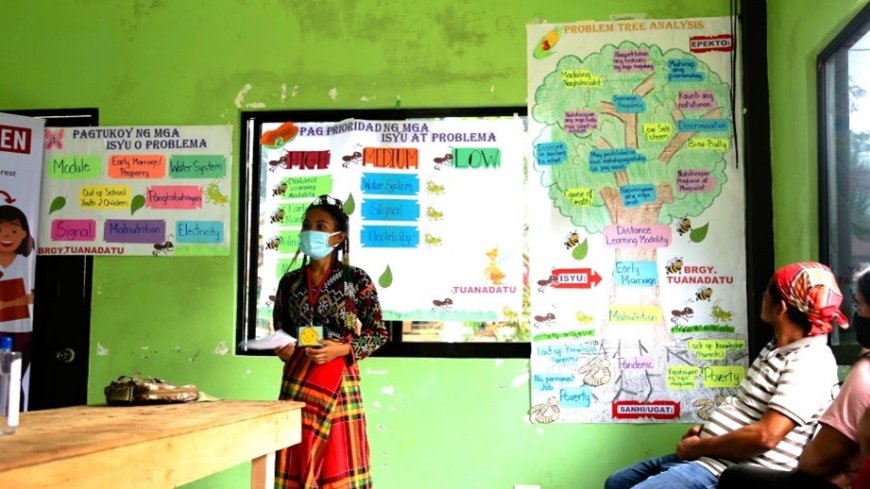
The Importance of Adolescent Sexual and Reproductive Health and Rights (SRHR)
By Shebana Alqaseer, Adolescent Sexual and Reproductive Health Technical Adviser, Save the Children Philippines, and Shubha Kamana Mandal, Technical Manager – Health and Nutrition, Save the Children Nepal
Introduction
The Global Forum for Adolescents, which took place last week, highlighted the crucial need to prioritize adolescent sexual and reproductive health and rights (SRHR). It is imperative for governments, leaders, and policy-makers to address the pressing issues that impact young people. The goal is to ensure that every single adolescent has access to comprehensive information, high-quality services, and genuine support for their SRHR.
Challenges Faced by Adolescents in Nepal and the Philippines
Nepal
In Nepal, discussions on adolescent SRHR are often considered taboo due to deeply embedded cultural norms. This poses a challenge for adolescents in accessing SRHR services or information. Gender inequality, lack of education and information on SRHR, and limited access to healthcare services further compound these challenges. Consequently, Nepal has high rates of child, early and forced marriage, unintended pregnancy, sexual coercion, intimate partner violence, and sexually transmitted infections (STIs), including HIV.
- Fifth of the population are adolescents in Nepal.
- 14% of adolescent girls experience pregnancy between the ages of 15-19 in Nepal.
- 8.8% of girls and boys aged 10-14 years, and 26.6% of girls and boys aged 15-17 are currently married in Madhesh, which is higher than the national average.
Philippines
In the Philippines, cultural and religious norms make discussions about adolescent sexuality and SRHR taboo. These norms perpetuate stigma and shame, denying adolescents their sexual and reproductive rights. As a result, adolescent girls in the Philippines face challenges such as early pregnancies and high dropout rates from school.
- One in every ten births in the Philippines is to girls younger than 19 years old.
- More than 200,000 births annually are to adolescent mothers in the Philippines.
Addressing Adolescent SRHR Challenges
Involving the Whole Community in the Philippines
Save the Children Philippines recognizes that addressing adolescent pregnancies and creating a safe environment requires the involvement of adolescents, their families, communities, and local government units. Parents and caregivers play a crucial role in supporting adolescents, which is why it is important to involve them in discussions about SRHR.
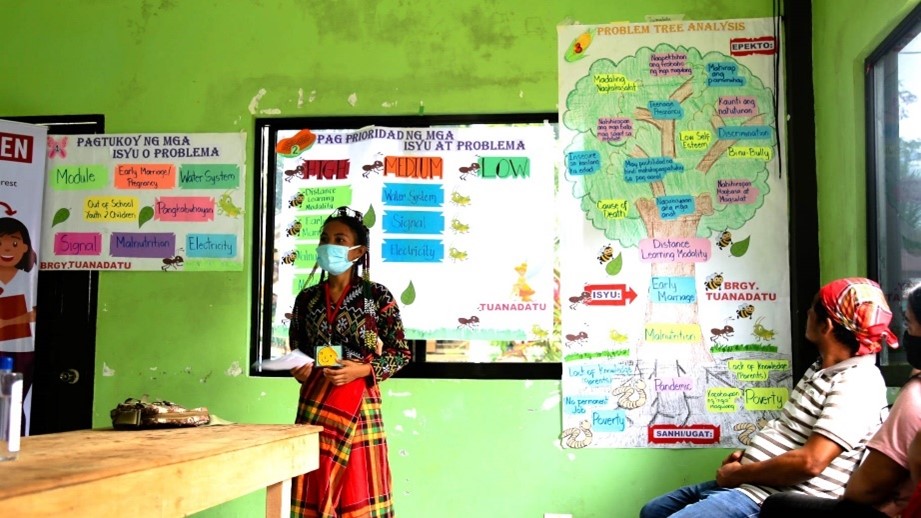 An adolescent girl presents on adolescents’ issues to the local government officials in the Philippines.
An adolescent girl presents on adolescents’ issues to the local government officials in the Philippines.
Save the Children Philippines’ Reducing Early Adolescent Pregnancy (REAP) Project works to improve access to SRHR information and services for adolescents by building communication skills among parents. This approach has led to a 28% increase in the number of new family planning users among young mothers aged 15 to 19 years old. Save the Children also equips parenting advocates with vital knowledge and skills to engage in open discussions on adolescent development, reproductive health, and positive discipline strategies.
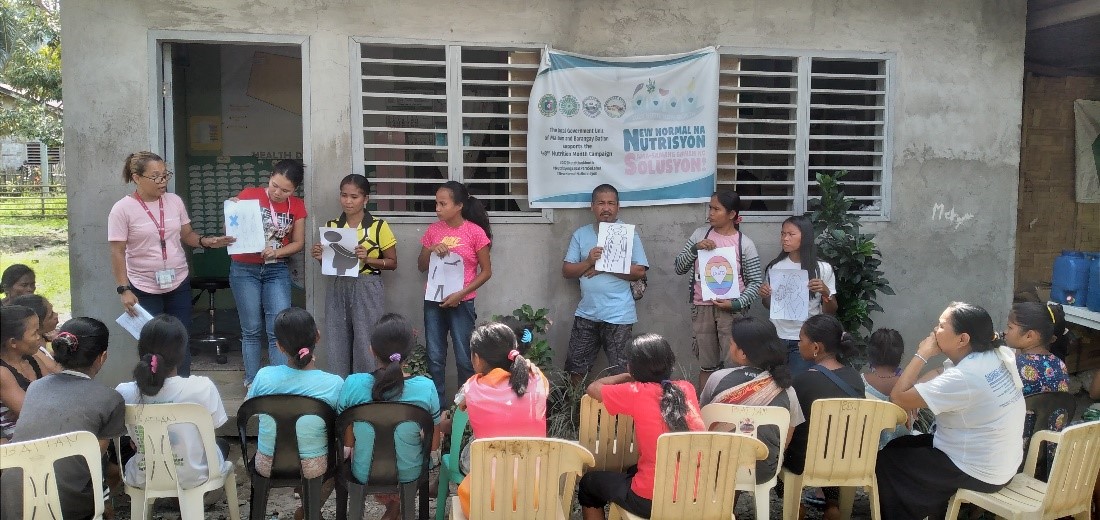 Consultation with the parents of adolescents
Consultation with the parents of adolescents
Save the Children Philippines also works with adolescent boys, men, and community leaders to promote and protect the rights of adolescents. They advocate for policies that allow adolescent access to SRHR commodities and services, strengthen comprehensive sexuality education, and establish social protection mechanisms for adolescent parents and their children.
Improving SRHR Knowledge in Nepal
Save the Children Nepal works with adolescent boys and girls, families, communities, and the health system to improve adolescent SRHR and ensure universal access to SRHR services. They strengthen the capacity of health workers, expand access to necessary equipment, and develop communication and counseling materials. Save the Children Nepal also involves adolescents and their families to increase their knowledge and acceptance of services and create a favorable environment for adolescents within their families and communities.
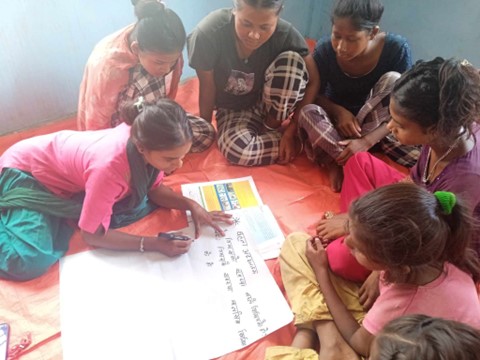 Adolescent girls discussing SRHR issues during Healthy Transitions session.
Adolescent girls discussing SRHR issues during Healthy Transitions session.
Save the Children Nepal’s Healthy Transitions curriculum supports married and unmarried adolescent girls in parenthood and equips them to take better care of themselves and their children. The curriculum covers various topics such as maternal and newborn health, marriage, gender roles, family planning, mental health, self-efficacy, and financial literacy. Evaluation of the program has shown an increase in the use of modern contraceptive methods among married young people and a decrease in support for unequal gender attitudes.
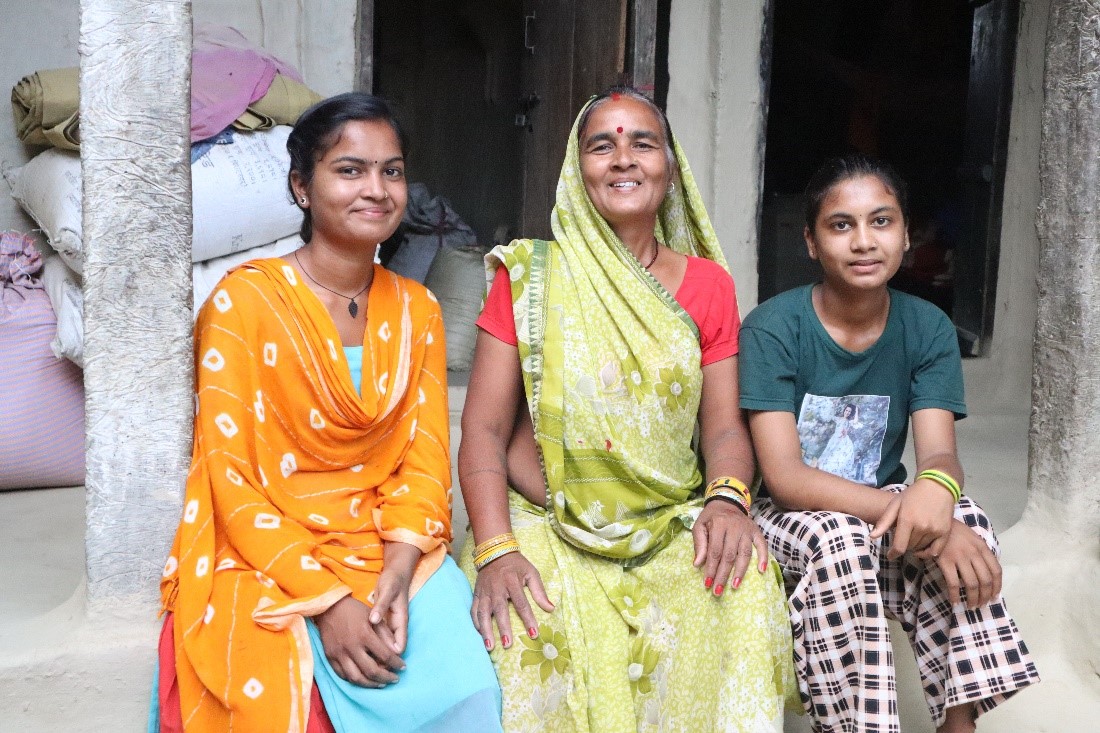 The mother and sister of an adolescent girl (left) who is participating in Healthy Transitions. Her mum feels good about it and her younger sister is also benefiting.
The mother and sister of an adolescent girl (left) who is participating in Healthy Transitions. Her mum feels good about it and her younger sister is also benefiting.
Working Together for a Brighter Future
Leaders must recognize that access to SRHR is not just about healthcare but also about ensuring that every young person can realize their full potential. It is a matter of social justice, empowerment, and transformation. By working together, we can create a brighter future for adolescents where they can grow, learn, and thrive in an environment of support, understanding, and opportunity. Through collective efforts, progress has been made towards a more inclusive, informed, and empowered generation of adolescents.
Photo at top of the page shows Nisha* (right), age 13, with a fellow children’s club member at a rally against child marriage in their village in Nepal (photo: Suzanne Lee / Save the
SDGs, Targets, and Indicators Relevant to the Issues Discussed in the Article
1. Which SDGs are addressed or connected to the issues highlighted in the article?
- SDG 3: Good Health and Well-being
- SDG 4: Quality Education
- SDG 5: Gender Equality
- SDG 10: Reduced Inequalities
- SDG 17: Partnerships for the Goals
2. What specific targets under those SDGs can be identified based on the article’s content?
- SDG 3.7: By 2030, ensure universal access to sexual and reproductive health-care services, including for family planning, information and education, and the integration of reproductive health into national strategies and programs.
- SDG 4.7: By 2030, ensure that all learners acquire the knowledge and skills needed to promote sustainable development, including through education for sustainable development and sustainable lifestyles, human rights, gender equality, promotion of a culture of peace and non-violence, global citizenship, and appreciation of cultural diversity and of culture’s contribution to sustainable development.
- SDG 5.6: Ensure universal access to sexual and reproductive health and reproductive rights as agreed in accordance with the Programme of Action of the International Conference on Population and Development and the Beijing Platform for Action and the outcome documents of their review conferences.
- SDG 10.2: By 2030, empower and promote the social, economic, and political inclusion of all, irrespective of age, sex, disability, race, ethnicity, origin, religion, or economic or other status.
- SDG 17.17: Encourage and promote effective public, public-private, and civil society partnerships, building on the experience and resourcing strategies of partnerships.
3. Are there any indicators mentioned or implied in the article that can be used to measure progress towards the identified targets?
- Indicator for SDG 3.7: Proportion of women of reproductive age (aged 15-49 years) who have their need for family planning satisfied with modern methods
- Indicator for SDG 4.7: Proportion of schools with access to safe drinking water, separate toilets for girls, and basic handwashing facilities
- Indicator for SDG 5.6: Proportion of women aged 15-49 years who make their own informed decisions regarding sexual relations, contraceptive use, and reproductive health care
- Indicator for SDG 10.2: Proportion of population above statutory pensionable age receiving a pension
- Indicator for SDG 17.17: Number of countries that have established public-private and civil society partnerships to achieve the sustainable development goals and targets
Table: SDGs, Targets, and Indicators
| SDGs | Targets | Indicators |
|---|---|---|
| SDG 3: Good Health and Well-being | Target 3.7: By 2030, ensure universal access to sexual and reproductive health-care services, including for family planning, information and education, and the integration of reproductive health into national strategies and programs. | Indicator: Proportion of women of reproductive age (aged 15-49 years) who have their need for family planning satisfied with modern methods |
| SDG 4: Quality Education | Target 4.7: By 2030, ensure that all learners acquire the knowledge and skills needed to promote sustainable development, including through education for sustainable development and sustainable lifestyles, human rights, gender equality, promotion of a culture of peace and non-violence, global citizenship, and appreciation of cultural diversity and of culture’s contribution to sustainable development. | Indicator: Proportion of schools with access to safe drinking water, separate toilets for girls, and basic handwashing facilities |
| SDG 5: Gender Equality | Target 5.6: Ensure universal access to sexual and reproductive health and reproductive rights as agreed in accordance with the Programme of Action of the International Conference on Population and Development and the Beijing Platform for Action and the outcome documents of their review conferences. | Indicator: Proportion of women aged 15-49 years who make their own informed decisions regarding sexual relations, contraceptive use, and reproductive health care |
| SDG 10: Reduced Inequalities | Target 10.2: By 2030, empower and promote the social, economic, and political inclusion of all, irrespective of age, sex, disability, race, ethnicity, origin, religion, or economic or other status. | Indicator: Proportion of population above statutory pensionable age receiving a pension |
| SDG 17: Partnerships for the Goals | Target 17.17: Encourage and promote effective public, public-private, and civil society partnerships, building on the experience and resourcing strategies of partnerships. | Indicator: Number of countries that have established public-private and civil society partnerships to achieve the sustainable development goals and targets |
Behold! This splendid article springs forth from the wellspring of knowledge, shaped by a wondrous proprietary AI technology that delved into a vast ocean of data, illuminating the path towards the Sustainable Development Goals. Remember that all rights are reserved by SDG Investors LLC, empowering us to champion progress together.
Source: savethechildren.org.uk

Join us, as fellow seekers of change, on a transformative journey at https://sdgtalks.ai/welcome, where you can become a member and actively contribute to shaping a brighter future.







